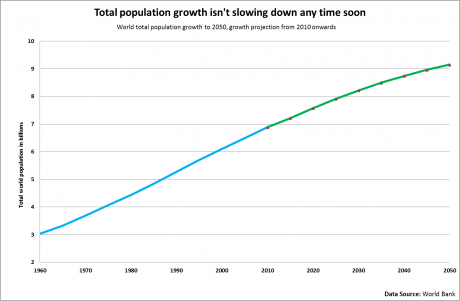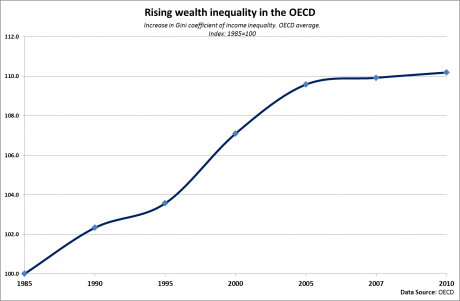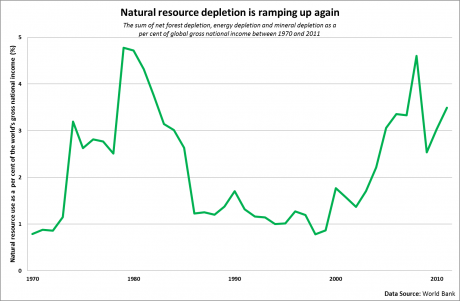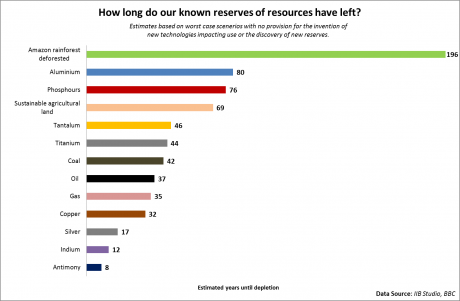The four graphs of the apocalypse: Supply, demand and eventual oblivion
Forget meteor strikes, cataclysmic climate shifts and a flesh eating zombie outbreak, a new NASA funded report finds that the end of the modern society will be driven by something far more sinister… as indicated by basic economics.
Let’s be clear: we’re not talking about the destruction of the planet. This report looks at the end of society, meaning an end to modern democracy and our global economy. In blockbuster movie terms, the end will look less like The Day After Tomorrow and Deep Impact, and more like that recent dystopian future flick Elysium.
The study observed multiple fallen ancient civilisations, like the Roman Empire and Mesopotamia, and found that three universal factors contributed to their collapse: overpopulation, lack of available resources and drastically skewed wealth distribution. Famous demographer Thomas Malthus also predicted that the same factors would lead to the collapse of industrialised society back in the 19th century.
This report's theory highlights two ways these factors could lead to societal demise in the long term.
In the first scenario, wealth inequality kills society. The wealthy grow to consume too much of the world’s resources leading to a collapse in the common class, followed by eventual decline of the wealthy elites.
In the second, an exhaustion of resources ends civilisation. In this instance, the fall in the supply of resources (minerals, water, arable land for agriculture) starves the common class and then goes on to impact the wealthy.
So, with this in mind, where do we sit now? Here’s the data:
1. Population growth has climbed steadily since the 1970s and won’t level out any time soon
2. The Global Financial Crisis has seen the rise of wealth inequality plateau, but will this trend continue?
3. The global rate of resource depletion has ebbed and flowed over the past 40 years. It’s now rising again
4. Here’s a list of the life expectancy of various crucial resources. Do we have more time than we think?
The report suggests that both apocalyptic scenarios could be averted if three criteria are met: the population levels out and hits a point where it is sustained by current resource levels, resource use is reduced, and resource use is distributed equitably across the population.
For the sake of opposition, it’s worth noting one idea that conflicts with this theory.
It’s called cornucopianism. This is the idea that ongoing improvements in technology will reduce our resource use over time, leading to virtually limitless resources and therefore averting the above scenarios.
So what do you think? Should we be acting on these issues now or is this just a reality of modern society? Will it all work itself out?
Let us know in the comments below, on Facebook or contact the reporter @HarrisonPolites on Twitter.




















